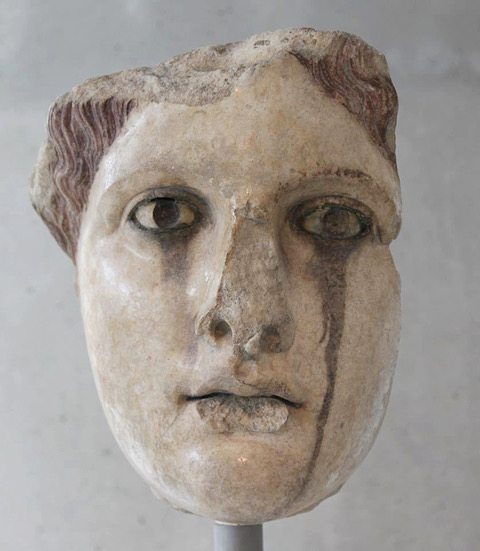Texture, Colour and Surface Appearance of the Cividale Stuccoes
DOI:
https://doi.org/10.5617/clara.v5i0.7974Abstract
The article discusses the material and aesthetic qualities of the female stucco saints in the Tempietto Longobardo at Cividale del Friuli (c. AD 750). The stuccoes combine two artistic and technical traditions: marble statuary of antique derivation and figural stucco relief. The surface texture of stucco differs considerably from that of marble: while marble is shiny, stucco tends to be dull. Since colours enhanced the visual impact of the saintly figures in the Tempietto, the polychromy – of which only very faint traces remain – was probably the most important aspect of the sculpture. It is a matter of speculation whether the viewer would have perceived any physical difference in surface appearance between the painted stucco and painted stone when seen from a distance. In order to gain an idea of the aesthetic impact of the reliefs when painted and perhaps gilded, the article presents hypothetical reconstructions of colour based on the wall paintings preserved in the Tempietto.



